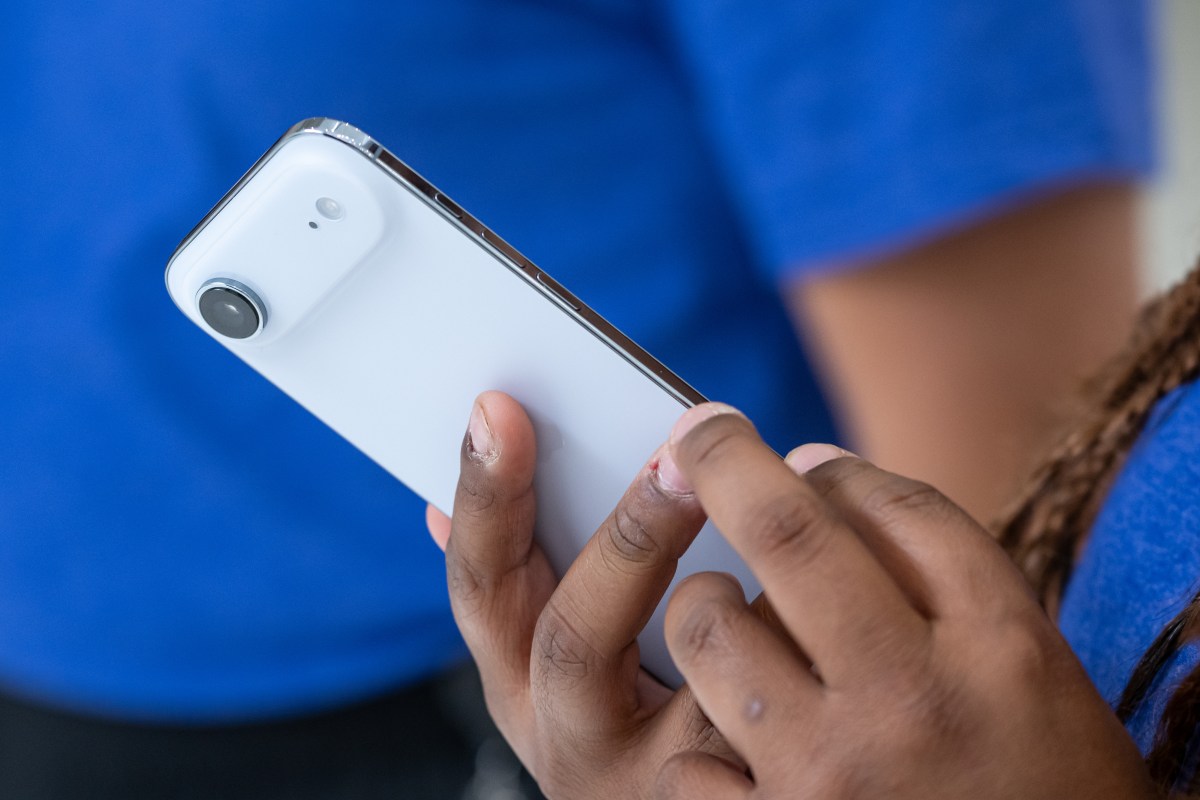UPDATE: Apple has just announced a revolutionary security feature for its latest iPhone 17 and iPhone Air devices aimed squarely at dismantling spyware operations. The new technology, known as Memory Integrity Enforcement (MIE), is set to make life significantly more challenging for surveillance vendors and spyware developers.
The introduction of MIE comes amidst a flurry of innovations unveiled by Apple this week. This urgent update is critical as it targets vulnerabilities that spyware makers exploit, particularly memory corruption bugs, which have been a persistent issue across the tech industry. Apple states that these vulnerabilities are interchangeable across platforms, including Windows and Android.
Cybersecurity experts are heralding this development as a potential game-changer. According to a researcher familiar with the security landscape, “The iPhone 17 is probably now the most secure computing environment on the planet that is still connected to the internet.” This sentiment underscores the urgency of MIE, which is designed to raise the cost and complexity of developing exploits for malicious actors.
“This is a huge deal. It’s not hack proof. But it’s the closest thing we have to hack proof.”
Notably, MIE will drastically reduce the effectiveness of both remote hacks—like those executed with the infamous NSO Group’s Pegasus spyware—and physical device hacks often conducted by law enforcement agencies using tools such as Cellebrite and Graykey.
What MIE Means for Users and Hackers
Experts suggest that MIE will make it increasingly difficult for spyware vendors to continue their operations. “I could also imagine that for a certain time window, some mercenary spyware vendors don’t have working exploits for the iPhone 17,” said Jiska Classen, a professor at the Hasso Plattner Institute in Germany. This shift is expected to create significant hurdles for developers of surveillance technologies.
The implementation of MIE hinges on a technology called Enhanced Memory Tagging Extension (EMTE), developed in collaboration with chipmaker Arm. This robust security measure assigns a unique tag to each piece of memory, ensuring that only authorized applications can access it. Should an unauthorized request occur, the app will crash, providing defenders with valuable logs to investigate potential attacks.
While MIE will be enabled by default across Apple’s operating systems, third-party developers will need to implement it in their own applications to maximize user protection. As Matthias Frielingsdorf, a cybersecurity expert, explained, “A wrong step would lead to a crash and a potentially recoverable artifact for a defender.” This feature is expected to increase the stakes for spyware developers, making it more challenging to find success.
Immediate Implications for the Cyber Landscape
The implications of MIE are profound, especially considering that memory corruption vulnerabilities account for the majority of exploits in modern devices. Halvar Flake, an offensive cybersecurity expert, noted that Apple’s approach sets the iPhone 17 apart as one of the most secure mainstream devices available.
The launch of this feature comes at a time when cybersecurity threats are escalating globally. With MIE in place, users concerned about spyware infiltration are urged to upgrade to the latest iPhones. The new security framework not only protects against existing threats but also raises the barrier for future attacks.
While MIE represents a significant leap forward in mobile security, experts caution that no system is completely impervious. As Frielingsdorf remarked, “As long as there are buyers, there will be sellers.” Nevertheless, the new measures are expected to push some attackers out of the market, making it a critical moment in the ongoing battle between cybersecurity and cyber threats.
As this situation evolves, users and stakeholders in the cybersecurity realm will be watching closely to assess the long-term effectiveness of Apple’s latest security innovations. The fight against spyware is intensifying, and the implications of MIE could reshape the landscape of mobile security.
For those involved in the development of spyware or zero-day exploits, your insights on the potential effects of Apple’s MIE are welcomed. Please reach out securely to discuss further.




































































